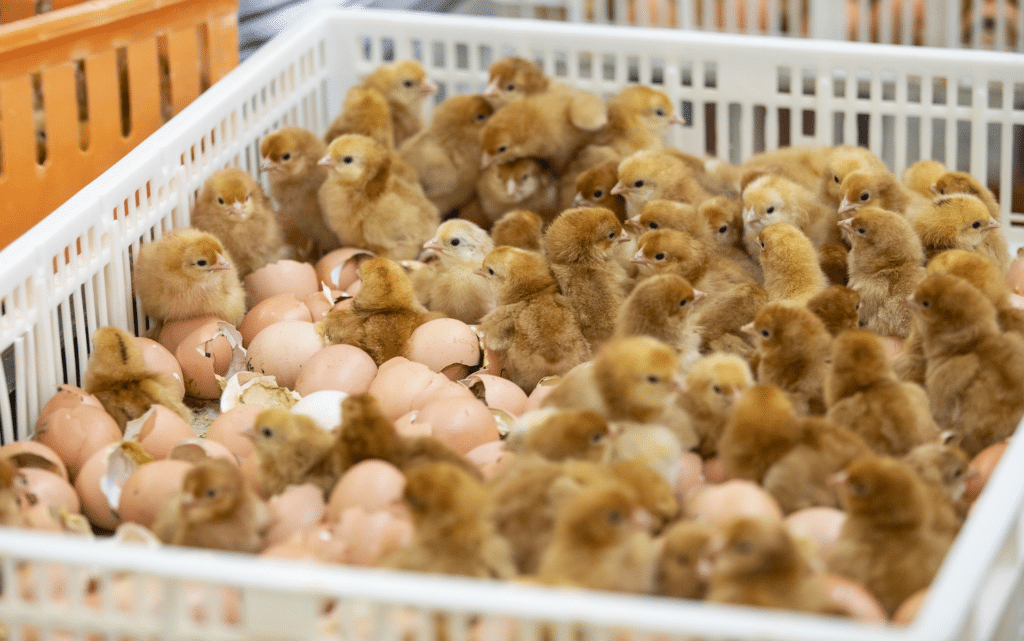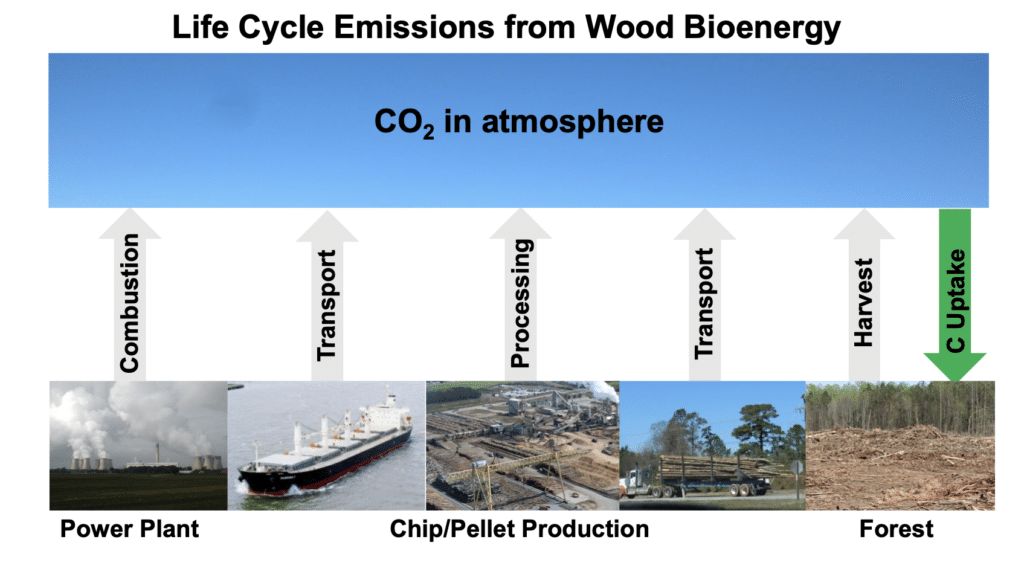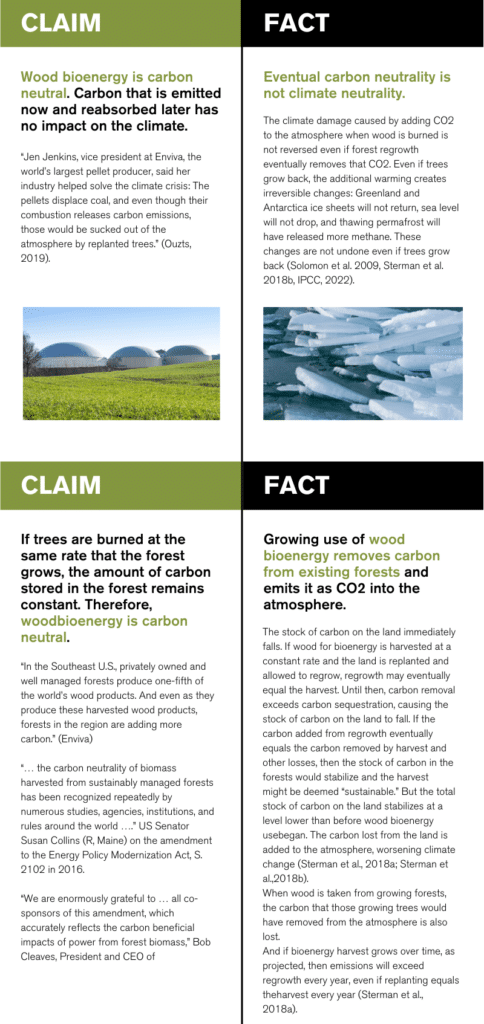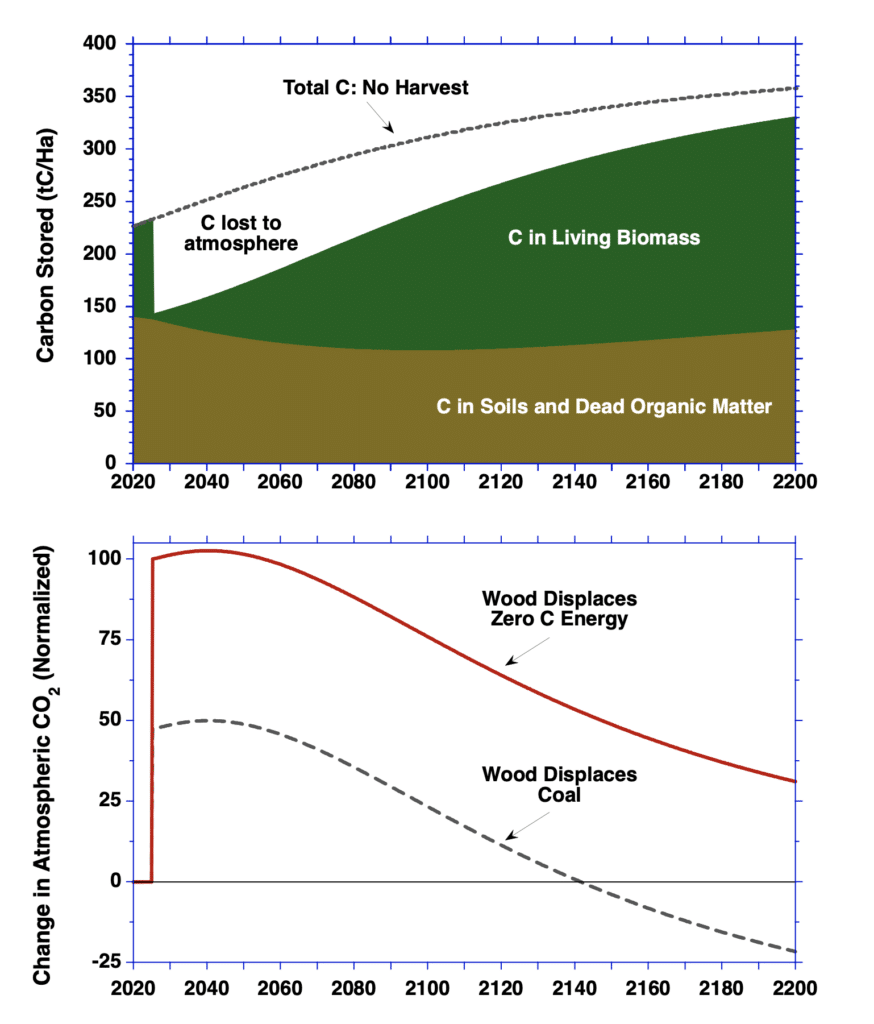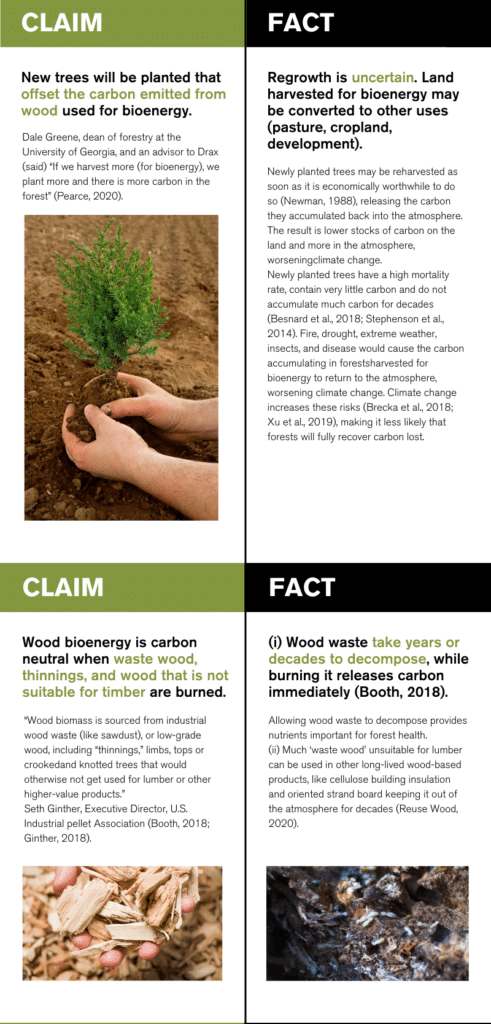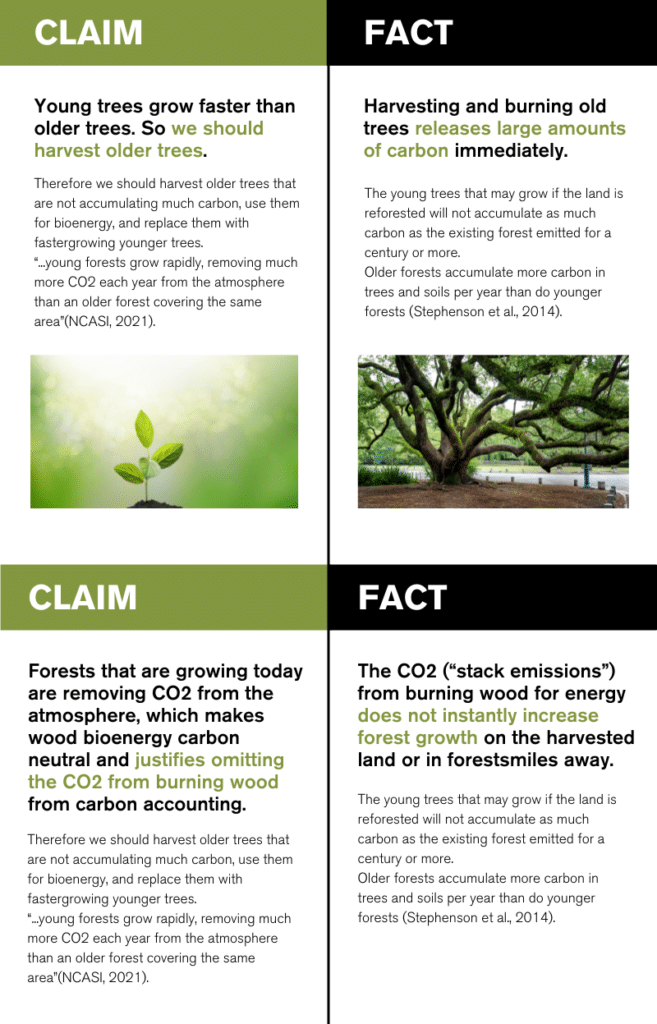The Supreme Court is relentlessly fueling the rise of fascism: Roe v. Wade is only the most visible example
By CHRIS HEDGES
PUBLISHED JUNE 28, 2022 5:30AM (EDT

This article originally appeared at ScheerPost.
The Supreme Court is relentlessly funding and empowering Christian fascism. It not only overturned Roe v. Wade, ending a constitutional right to an abortion, but ruled on June 21 that Maine may not exclude religious schools from a state tuition program. It has ruled that a Montana state program to support private schools must include religious schools. It ruled that a 40-foot cross could remain on state property in suburban Maryland. It upheld the Trump administration regulation allowing employers to deny birth control coverage to female employees on religious grounds. It ruled that employment discrimination laws do not apply to teachers at religious schools. It ruled that a Catholic social services agency in Philadelphia could ignore city rules and refuse to screen same-sex couples applying to take in foster children. It neutered the 1965 Voting Rights Act. It watered down laws allowing workers to combat sexual and racial harassment in court. It reversed century-old campaign finance restrictions to permit corporations, private groups and oligarchs to spend unlimited funds on elections, a system of legalized bribery, in Citizens United v Federal Election Commission. It permitted states to opt out of the Affordable Care Act's Medicaid expansion. It undercut the ability of public sector unions to raise funds. It forced workers with legal grievances to submit their complaints to privatized arbitration boards. It ruled that states cannot restrict the right to carry concealed weapons in public. It ruled that suspects cannot sue police who neglect to read them their Miranda warnings and use their statements against them in court. Outlawing contraception, same-sex marriage and same-sex consensual relations are probably next. Only 25 percent of those polled say they have confidence in Supreme Court decisions.
I do not use the word fascist lightly. My father was a Presbyterian minister. My mother, a professor, was a seminary graduate. I received my Master of Divinity from Harvard Divinity School. I am an ordained Presbyterian minister. Most importantly, I spent two years reporting from megachurches, creationist seminars, right-to-life retreats, Christian broadcasting networks and conducted hundreds of hours of interviews with members and leaders of the Christian right for my book "American Fascists: The Christian Right and the War on America," which is banned at most "Christian" schools and universities. Before the book was published, I met at length with Fritz Stern, the author of "The Politics of Cultural Despair: A Study in the Rise of the German Ideology," and Robert O. Paxton, who wrote "The Anatomy of Fascism," two of the country's most eminent scholars of fascism, to make sure the word fascist was appropriate.
Advertisement:
RELATED: Exclusive: Self-described "Christian fascist" movement trying to sabotage Pride Month
The book was a warning that an American fascism, wrapped in the flag and clutching the Christian cross, was organizing to extinguish our anemic democracy. This assault is very far advanced. The connecting tissue among the disparate militia groups, QAnon conspiracy theorists, anti-abortion activists, right-wing patriot organizations, Second Amendment advocates, neo-Confederates and Trump supporters that stormed the Capitol on Jan. 6 is this frightening Christian fascism.
Fascists achieve power by creating parallel institutions — schools, universities, media platforms and paramilitary forces — and seizing the organs of internal security and the judiciary. They deform the law, including electoral law, to serve their ends. They are rarely in the majority. The Nazis never polled above 37 percent in free elections in Germany. Christian fascists constitute less than a third of the U.S. electorate, about the same percentage of those who consider abortion to be murder.
Fascists win power by creating parallel institutions and seizing the internal security organs and the the judiciary. They don't need a majority.
This flagrant manipulation of law was displayed in two of the most recent Supreme Court decisions, where those who support this ideology have a 5-3 majority, with the less extremist Chief Justice John Roberts often adding a sixth vote. In overturning Roe v. Wade, the court, in a 6-3 decision, argued that states have the power to decide whether abortion is legal. The same court conversely came down against "states' rights," in striking down strict restrictions on carrying concealed firearms.
What the ideology demands is law. What the ideology opposes is a crime. Once a legal system is subservient to dogma an open society is impossible.
Blow by blow, autocratic power is being solidified by this monstrous Christian fascism which is bankrolled by the most retrograde forces of corporate capitalism. It looks set to take control of the U.S. Congress in the midterm elections. If Trump, or a Trump-like clone, is elected in 2024, what is left of our democracy will likely be extinguished.
These Christian fascists are clear about the society they intend to create.
In their ideal America, our "secular humanist" society based on science and reason will be destroyed. The Ten Commandments will form the basis of the legal system. Creationism or "Intelligent Design" will be taught in public schools, many of which will be overtly "Christian." Those branded as social deviants, including the LGBTQ community, immigrants, secular humanists, feminists, Jews, Muslims, criminals and those dismissed as "nominal Christians" — meaning Christians who do not embrace this peculiar interpretation of the Bible — will be silenced, imprisoned or killed. The role of the federal government will be reduced to protecting property rights, "homeland" security and waging war. Most government assistance programs and federal departments, including education, will be terminated. Church organizations will be funded and empowered to run social welfare agencies and schools. The poor, condemned for sloth, indolence and sinfulness, will be denied help. The death penalty will be expanded to include "moral crimes," including apostasy, blasphemy, sodomy and witchcraft, as well as abortion, which will be treated as murder. Women, denied contraception, access to abortion and equality under the law, will be subordinate to men. Those who practice other faiths will become, at best, second-class citizens. The wars waged by the American empire will be defined as religious crusades. Victims of police violence and those in prison will have no redress. There will be no separation of church and state. The only legitimate voices in public discourse and the media will be "Christian." America will be sacralized as an agent of God. Those who defy the "Christian" authorities, at home and abroad, will be condemned as agents of Satan.

How did the historians of Weimar Germany and Nazism, the professors of Holocaust studies, the sociologists and the religious scholars manage to miss the rise of our homegrown Christian fascism? Immersed in the writings of Hannah Arendt, Raul Hilberg, Saul Friedländer, Joachim Fest, Dietrich Bonhoeffer and Theodor Adorno, they never connected the dots. Why didn't church leaders thunder in denunciation at the grotesque perversion of the Gospel by the Christian fascists as they sacralized the get-rich-with-Jesus schemes of the prosperity gospel, imperialism, militarism, capitalism, patriarchy, white supremacy and other forms of bigotry? Why didn't reporters see the flashing red lights that lit up decades ago?
How did the historians, the sociologists and the religious scholars miss the rise of Christian fascism? They told us, "Never again," but refused to use the lessons of the past to explain the present. It was not ignorance. It was cowardice.
It was easier, as many academics did in Weimar Germany, to believe that the fascists did not mean what they said, that there were strains within the movement that could be reasoned with, that opening channels of dialogue and communication could see the fascists domesticated, that in power the fascists would not act on their extremist and violent rhetoric. With few exceptions, German academics did not protest the Nazi assumption of power and the wholesale dismissal of their liberal, socialist and Jewish colleagues.
Although my book was a New York Times bestseller, Harvard told my publisher it was not interested in my appearing at the school. I gave a lecture on the book at Colgate University, where I had earned my undergraduate degree, organized by my mentor Coleman Brown, a professor of ethics. I held a seminar, also organized by Coleman, with the professors of philosophy and religion after the talk. These professors wanted nothing to do with the critique. When we left the room, Coleman muttered, "The problem is they do not believe in heretics."
I was asked in 2006 to speak at the inauguration of the LGBT center at Princeton University when I was the Anschutz Distinguished Fellow in American Studies. To my dismay, the faculty facilitators had invited representatives from the right-wing Christian student group who see any deviation from heterosexuality as a psychological and moral abnormality. Christian fascist pastors in Texas and Idaho, who have driven countless young people struggling with their sexual identity to suicide, have called for the execution of gay people as recently as a few days ago.
"There is no dialogue with those who deny your legitimate right to be," I said, looking pointedly at the LGBTQ students. "At that point it is a fight for survival."
The faculty member organizing the event leapt from her chair.
"This is a university," she said to me curtly. "Your talk is over. You can't say those kinds of things here."
I sat down. But I had made my point.
All those tasked in our society with interpreting the world around us forgot, as philosopher Karl Popper wrote in "The Open Society and Its Enemies," that "unlimited tolerance must lead to the disappearance of tolerance. If we extend unlimited tolerance to those who are intolerant, if we are not prepared to defend a tolerant society against the onslaught of the intolerant, then the tolerant will be destroyed, and tolerance with them."
Scholars, intellectuals and journalists bear much of the blame: They stood by as the working class was stripped of rights by the billionaires, fertilizing the ground for American fascism.
These scholars, writers, intellectuals and journalists, like those in Weimar Germany, bear much of the blame. They preferred accommodation over confrontation. They stood by as the working class was stripped of rights and impoverished by the billionaire class, fertilizing the ground for an American fascism. Those who orchestrated the economic, political and social assault are the major donors to the universities. They control trustee boards, grants, academic prizes, think tanks, promotion, publishing and tenure. Academics, looking for an exit, ignored the attacks by the ruling oligarchy. They ascribed to the Christian fascists, bankrolled by huge corporations such as Tyson Foods, Purdue, Walmart and Sam's Warehouse, attributes that did not exist. They tacitly gave the Christian fascists religious legitimacy. These Christian fascists are an updated version of the so-called German Christian Church, or Deutsche Christen, which fused the iconography and symbols of the Christian religion with the Nazi party. The theologian Paul Tillich, the first non-Jewish German professor to be blacklisted from German universities by the Nazis, angrily chastised those who refused to fight "the paganism of the swastika" and retreated into a myopic preoccupation with personal piety.
Victor Klemperer, stripped of his position as a professor of Romance languages at the Technical University of Dresden when the Nazis came to power in 1933 because he was Jewish, mused in his diary in 1936 what he would do in post-Nazi Germany if "the fate of the vanquished lay in my hands." He wrote that he would "let all the ordinary folk go and even some of the leaders. … But I would have all the intellectuals strung up, and the professors three feet higher than the rest; they would be left hanging from the lamp posts for as long as was compatible with hygiene."
Advertisement:
Fascists promise moral renewal, a return to a lost golden age. They use campaigns of moral purity to justify state repression. Adolf Hitler, days after he took power in January 1933, imposed a ban on all homosexual organizations. He ordered raids on homosexual clubs and bars, including the Institute for Sexual Science in Berlin, and the permanent exile of its director, Magnus Hirschfeld. Thousands of volumes from the institute's library were tossed into a bonfire. This "moral cleansing" was cheered on by the German public, including German churches. But the tactics, outside the law, swiftly legitimized what would soon be done to others.
I studied at Harvard with theologian James Luther Adams. Adams was a member of the underground anti-Nazi Confessing Church in Germany led by the Lutheran pastor Martin Niemöller. Adams was arrested in 1936 by the Gestapo and expelled from the country. He was one of the very few to see the deadly strains of fascism in the nascent Christian right.
"When you are my age," he told us (he was then 80), "you will all be fighting the Christian fascists."
And here we are.
The billionaire class, while sometimes socially liberal, dispossessed working men and women through deindustrialization, austerity, a legalized tax boycott, looting the U.S. Treasury and deregulation. It triggered the widespread despair and rage that pushed many of the betrayed into the arms of these con artists and demagogues. It is more than willing to accommodate the Christian fascists, even if it means abandoning the liberal veneer of inclusiveness. It has no intention of supporting social equality, which is why it thwarted the candidacy of Bernie Sanders.
In the end, even the liberal class will choose fascism over empowering the left wing and organized labor. The only thing the ruling oligarchy truly cares about is unfettered exploitation and profit. They, like the industrialists in Nazi Germany, will happily make an alliance with the Christian fascists, no matter how bizarre and buffoonish, and embrace the blood sacrifices of the condemned.
Read more on the fusion of right-wing Christianity and fascist politics:
Jesus, endless war and the irresistible rise of American fascism
Religion scholar Anthea Butler on "White Christianity" and its role in fueling fascism
CHRIS HEDGES is the former Middle East bureau chief of the New York Times, a Pulitzer Prize winner and a columnist at ScheerPost. He is the author of several books, including "America: The Farewell Tour," "American Fascists: The Christian Right and the War on America" and "War Is a Force That Gives Us Meaning." He previously worked overseas for the Dallas Morning News, the Christian Science Monitor and NPR, and hosts the Emmy-nominated RT America show "On Contact."MORE FROM CHRIS HEDGES

